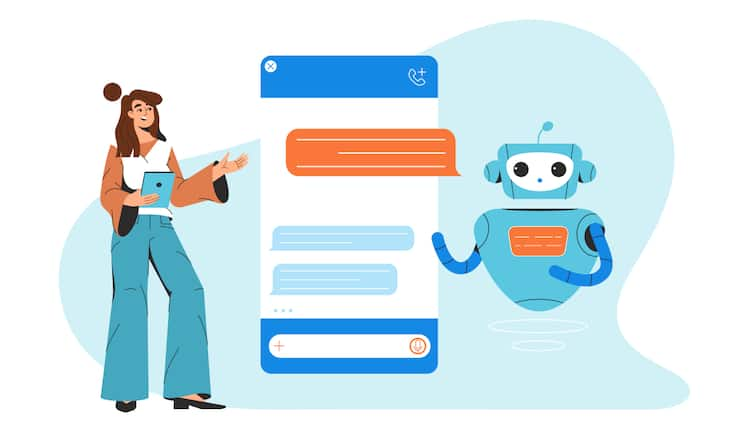By Rahul Gupta
When refrigeration was first introduced, it marked a significant breakthrough. However, the real impact wasn’t the compressor itself; it was the industries that evolved from it. Entire sectors, from beverages to frozen food, built billion-dollar businesses on the foundation of cold storage. Today, AI finds itself at a similar turning point. Large Language Models (LLMs) are the base, but the true value will emerge from how we build on top of them, particularly in the field of digital conversation.
Conversations: The Lifeblood of Business
Every day, billions of conversations shape the global economy. A customer is calling about a payment dispute. A patient describing symptoms. A sales team qualifying leads. A citizen asking for government services.
Yet most of these interactions remain broken, with long wait times, scripted replies, and disconnected systems that frustrate more than they resolve. This is where AI can change everything, making conversations instant, contextual, and human-like at scale.
From Efficiency to Presence
The first wave of conversational AI focused on efficiency. It was about cutting call centre costs, reducing queues, and answering FAQs. But that was only the beginning.
The real transformation lies in shifting from transactions to presence. Imagine an e-commerce assistant that acts like a trusted guide, understanding intent rather than just pushing products, or an insurance agent that can explain complex policies, process claims, and renew coverage naturally. This isn’t just automation; it’s a complete reimagining of how businesses engage with their customers.
The Structural Challenge: Breaking Down Silos
Adoption is still in its early stages. Most enterprises are stuck experimenting through proof-of-concepts, testing security frameworks, and debating the classic question of whether to build or buy.
The bigger challenge is structural. Enterprises continue to operate in silos, with marketing, sales, support, and product teams all chasing the same customer but through disconnected systems. AI, when implemented correctly, has the potential to dissolve these silos and create a single intelligent layer across the organisation. This means having systems that can search holistically across fragmented data, workflows that respect authority and compliance, and architectures designed to protect sensitive information with trust at their core.
The Rise of Contextual and Multilingual AI
We are already seeing this shift take shape with early adopters. POCs are evolving into live workflows, and AI models are becoming contextually aware, delivering relevant, culturally inclusive responses. Multilingual capabilities are breaking barriers, helping businesses serve customers in their own voice. Soon, conversational AI won’t just react but anticipate needs, offering solutions and initiating engagement.
This progress brings great potential, as AI begins to shape conversations rather than just respond to them; the design choices we make will determine whether these systems empower or manipulate.
A Defining Moment
We are living through a defining moment. The foundations are already in place. What matters now is how we transform raw capability into indispensable systems that people trust, rely on, and even prefer.
Just as refrigeration unlocked entirely new industries, conversational engines powered by AI will do the same. They will not only change how we work but redefine how we connect, transact, and build trust. The age of conversational AI has already begun.
(The author is the co-foudner of Co-Founder of blackNgreen)
Disclaimer: The opinions, beliefs, and views expressed by the various authors and forum participants on this website are personal and do not reflect the opinions, beliefs, and views of ABP Network Pvt. Ltd.



